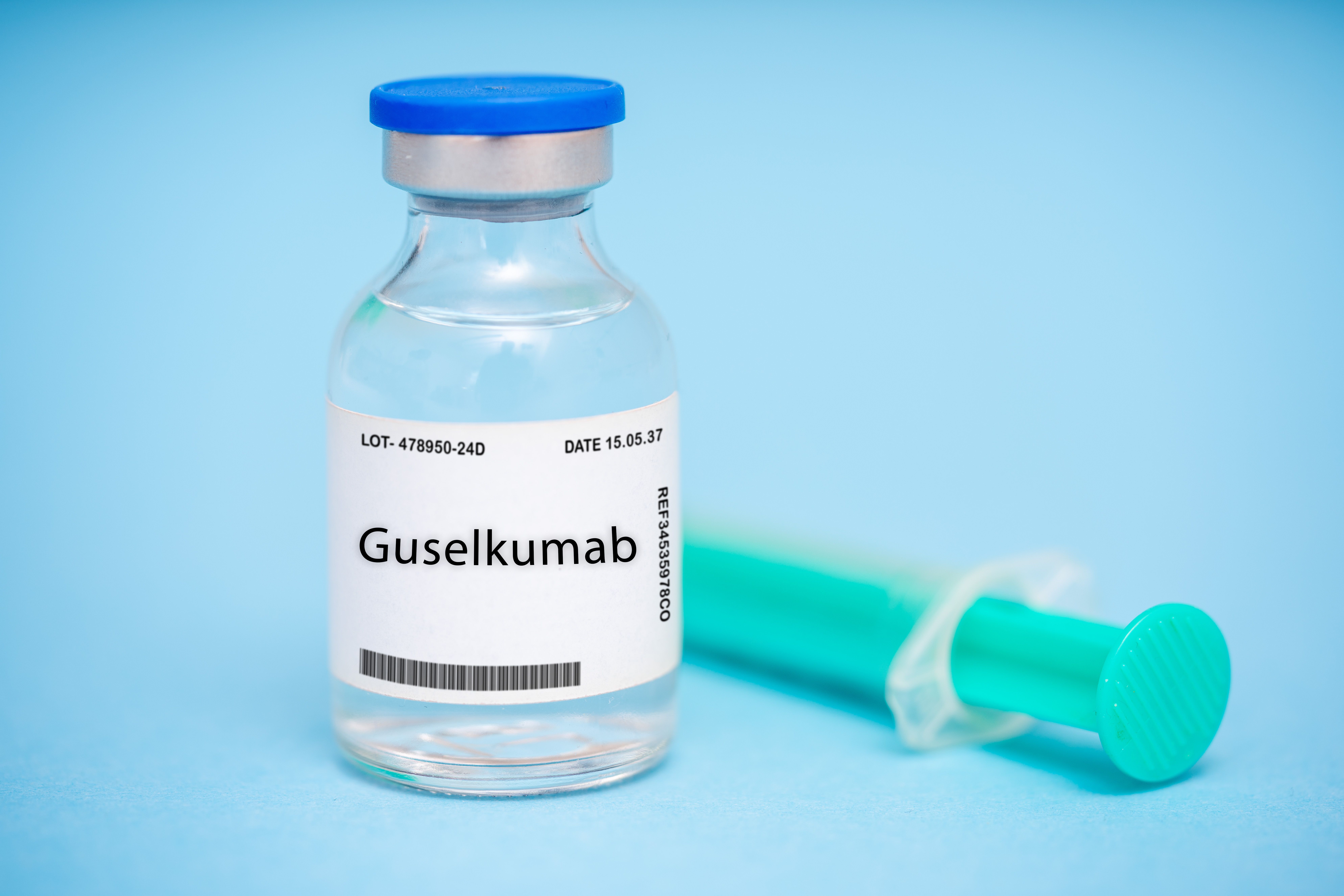Video
Using MRD Negativity to Stop Maintenance Therapy in MM
Ola Landgren, MD, PhD: I would like to add to that also. John, I think we spent time talking here about the role of an older regimen, using melphalan. That serves as an indicator. To answer your question: no. This is because that’s actually a question when we are talking about taking away something. You have these 3-drug combinations. You could have VRd [bortezomib, lenalidomide, dexamethasone] or KRd [carfilzomib, lenalidomide, dexamethasone], for example. You could add the antibody. You have the quadruplets. That’s where the clinical trials seem to be going. It will probably become the standard of care. We will talk about that in a little while. What’s the role of melphalan? Could we take that away? That’s a step peeling away. I would argue that the main driver for this is the ability to measure the depth of response. So it’s all driven by technology, where we can measure. We currently have bone marrow—based assays. There are new technologies in development for blood-based measurement or minimal residual disease [MRD].
John Fox, MD, MHA: Isn’t that what we’re using the next-generation sequencing and the next-generation flow cytometry for?
Ola Landgren, MD, PhD: You can use flow cytometry for the bone marrow.
Sundar Jagannath, MD: You can use it only in the bone marrow. What he’s talking about are circulating tumor cells and circulating DNA, whereby even fragments of DNA from the tumor cells could be identified. That reflects whole body.
Ola Landgren, MD, PhD: You can also use certain proteomic assays. We have mass spectrometry, for example. You can in 10 seconds scan 100 mL of serum, and you can determine the presence or absence of low-level protein that seem to, in research studies, potentially correlate with bone marrow—based MRD tests. This could be a huge advancement for the field if you could scan the blood. We could use blood-based longitudinal MRD tracking. That could lead to studies in which we could even think about, for patients who have sustained MRD for a long time, could they go off treatment? Could you safely monitor them? If it returns, could you restart? These are questions that could evolve there.
John Fox, MD, MHA: Yeah.
Ola Landgren, MD, PhD: What do you think about that?
John Fox, MD, MHA: Here’s my question. There are dozens of drugs in the pipeline for treating multiple myeloma today, and all have the goal of increasing MRD-negativity for those newly diagnosed patients. But we’re still left with this lingering question, what’s the endgame in this disease for those MRD-negative patients? You’re saying, “Well, we need to do studies to understand what the prognostic ability of these new tests are.” But who’s going to do those studies? Are we going to leave patients on therapy for the rest of their lives as long as they can afford it?
Ola Landgren, MD, PhD: These are actually questions that are currently being developed in trials. We have 1 trial that we are about to open in a month or 2 in which we can study stopping of maintenance therapy for patients who have had a sustained MRD-negativity for a certain number of years. Well, we are going to use these types of assays that I was referring to, in which we’re going to monitor over time and see if there are a subset of patients for whom the disease does not come back. Or if there are a subset of patients for whom the disease will come back, we will restart therapy. I know there are other groups working on this as well. I think these are studies that we will hear about more and more.
Sundar Jagannath, MD: Actually, even before the studies come on, we are using MRD and I, as a rule of thumb, if the patient is MRD-negative at 5 years, I’m saying to the patient, “There is a high probability you are probably cured, and we will discontinue your maintenance therapy, etc.”
John Fox, MD, MHA: But you would put them on some kind of surveillance?
Sundar Jagannath, MD: Yes. They continue to be followed because, as I said, “probably.” Some subset of patients could still relapse. I do not know. But these already can be implemented. We need the studies to get the fact but also clinical judgment.
John Fox, MD, MHA: Well, my point is we absolutely need those types of studies, because while I appreciate that you may do that at 5 years, other people may not do it at all, and other people may do it at 2 years. We need evidence to support that because we’re paying literally millions or billions of dollars for these therapies, and we really ought to know what we’re paying for and what is the benefit to patients. Kudos for initiating those types of studies. I’m thrilled that we have dozens of drugs in the pipeline, but unless we understand what the endgame is, I would argue we’re not doing the best for our patients.
Sundar Jagannath, MD: The endgame is known.… We want to cure the patients.
Ola Landgren, MD, PhD: Yes.
John Fox, MD, MHA: Oh, I agree. But what defines a cure, and when do we stop treatment? If we cure disease, that means they don’t need treatment.
Sundar Jagannath, MD: Correct.
Ola Landgren, MD, PhD: We could have cure or we could have what we could refer to as a functional cure where, for some patients, you could still maybe be on some lower dose of therapy, but they are not sick from the disease. That could be, I think, another parallel endgame.
John Fox, MD, MHA: Yeah.
Sundar Jagannath, MD: That’s a very good 1. Some patients—not in myeloma, not all patients—have to be MRD-negative. This is very important. This is a good segue to say that, because you may not be able to get to MRD-negative in all patients. We know historically that when we didn’t have many drugs, like in the days when we were doing VAD [vincristine, doxorubicin, dexamethasone] and transplant, interferon maintenance, or things like that, that there were some patients with a low level of monoclonal protein. But they behaved like MGUS [monoclonal gammopathy of undetermined significance]. This all needs to be studied further. This is important when he says that in patients with low-level protein, since we do not clearly know whether it will recur, those types of patients could be on some maintenance for a longer period of time. But for patients who are MRD-negative consistently over years, and up to 5 years onward, I feel like maybe they could be discontinued.




